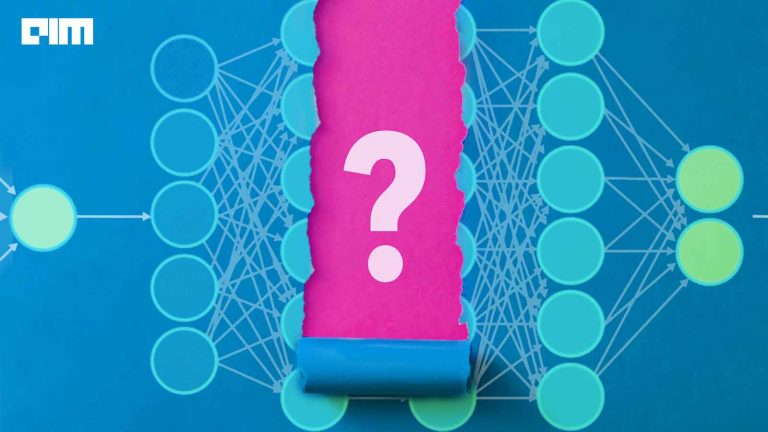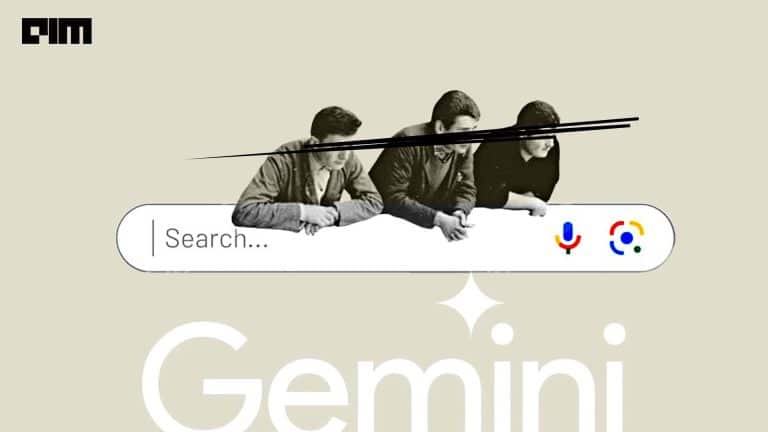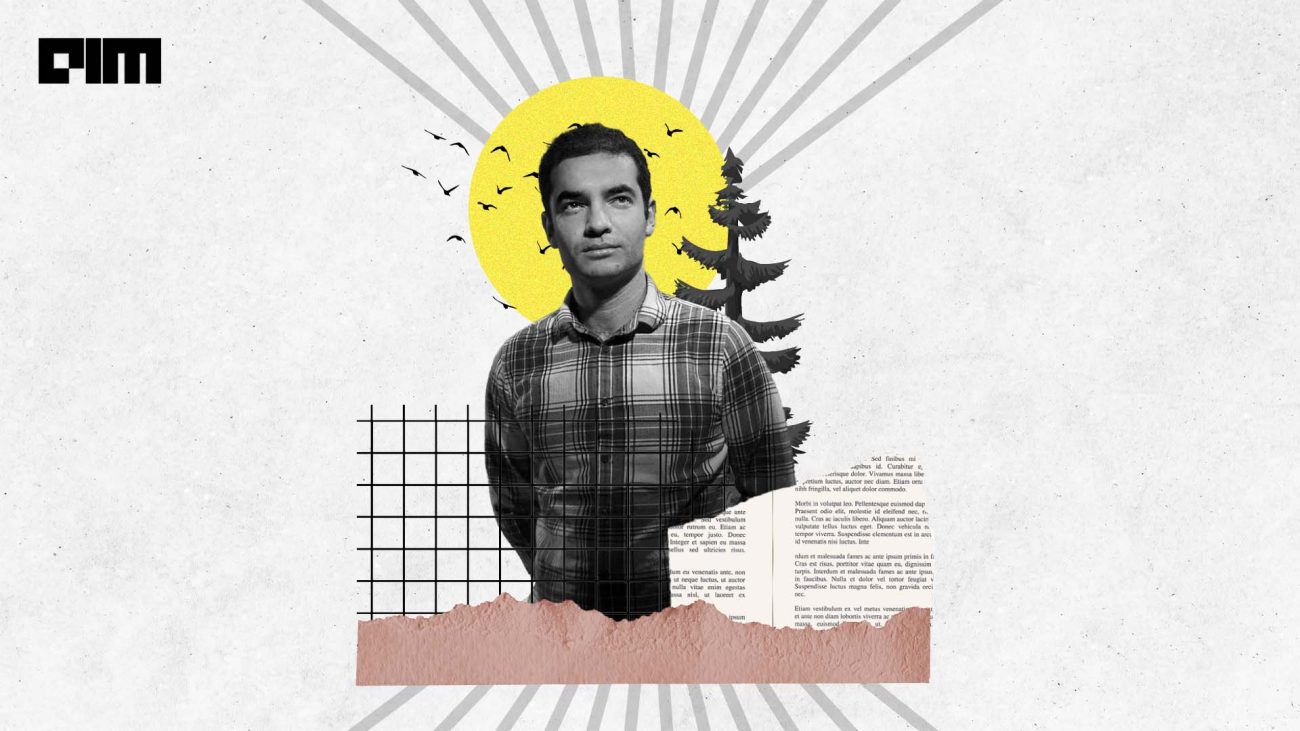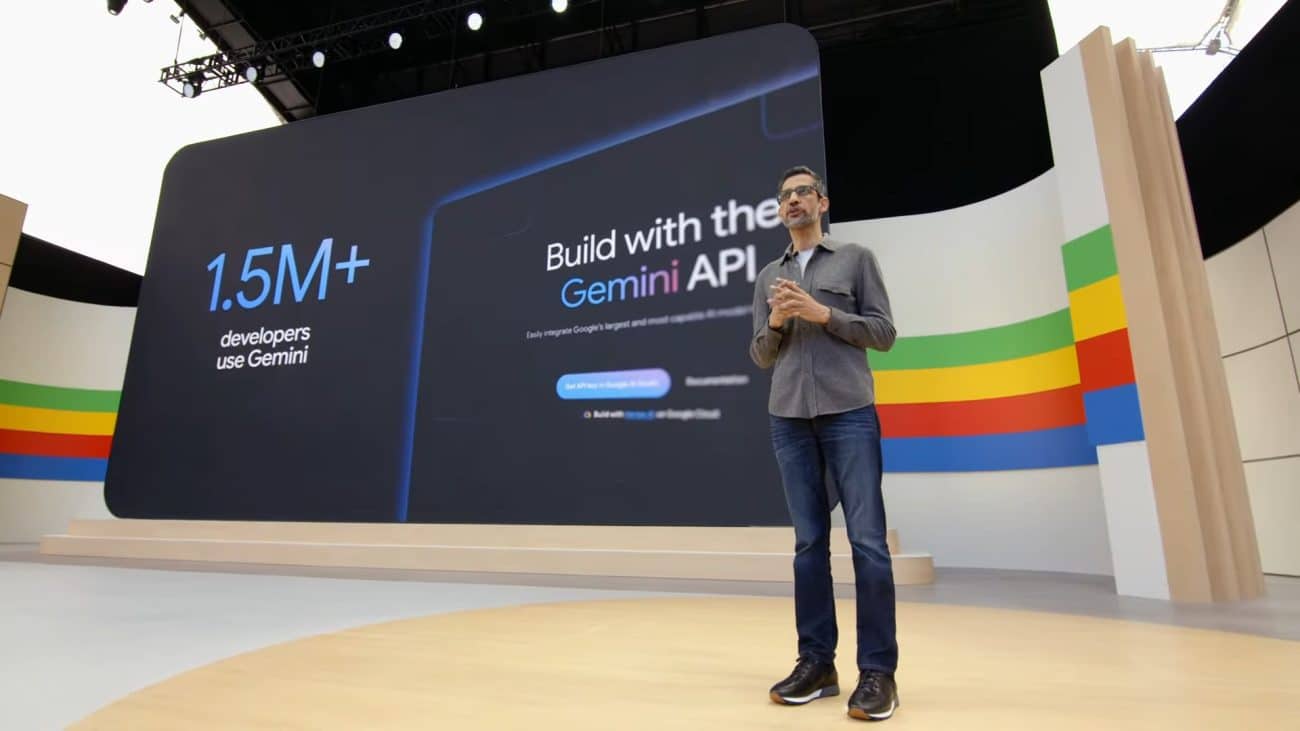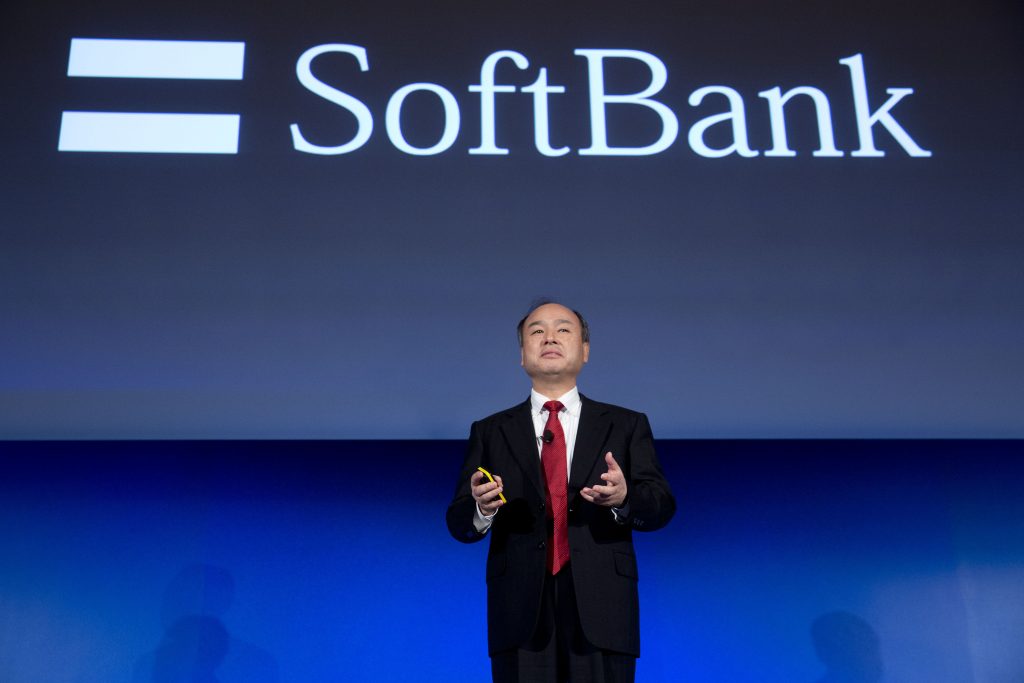For organisations, the amount of influx in data has to be represented and communicated in a manner which is well understood and has relevant information. Most of the data present in the text format might not reveal the patterns and trends that are needed to make use of the data, so the need for a data visualisation engineer or a visualisation tool developer becomes essential. The demand for Data visualisation is increasing and as you prepare for the interview and hone the skills in the visualisation tools keep in mind that the field promises a bright future.
Below are some of the repeatedly asked questions in data visualisation and two of the most popular visualisation tools:
Some Basic Interview Questions Visualisation:
What makes data visualisation good?
This is a fundamental question asked in every interview. Though tons of research has been made for good data visualisation, it is mainly how people best perceive the data and information that is given or presented to them. The data visualisation should be light and must highlight essential aspects of the data; looking at important variables, what is relatively important, what are the trends and changes. Besides, data visualisation must be visually appealing but should not have unnecessary information in it.
One can answer this question in multiple ways: from technical points to mentioning key aspects, but be sure to remember saying these points:
- Data positioning
- Bars over circle and squares
- Use of colour theory
- Reducing chart junk by avoiding 3D charts and eliminating the use of pie charts to show proportions
- And why sunburst visualisation is more effective for hierarchical plots.
How can you visualise more than three dimensions in a single chart?
Usually, the data is represented in the charts using height, width and depth in the images, to visualise more than three dimensions we make use of visual cues like colour, size and shape or sometimes animations for depicting changes through time.
One such example:
What are the steps involved in 3D Transformation of data visualisation?
3D Transformation of data is essential because it gives a more comprehensive idea of the data plus one gets to visualise the data in depth.
The general steps are:
- Modelling Transformation
- Viewing Transformation
- Projection Transformation
- Workstation Transformation
What is depth cueing in visualisation?
Some 3D objects are without visible lines and surface identification, to highlight the visible lines, one should convert them into dashed lines. This is a fundamental problem for visualisation techniques, where it is not possible to visualise the 3D objects.
What is Row-Level Security?
Row-level security restricts the data, based on filters that a user can view and has access to.
Users can configure this row-level security depending upon the visualisation tool they are using.
There are many popular visualisation tools out there like Qlik, Tableau, Power BI, among others. Below are some common questions regarding two of the most used data visualisation tools:
Most asked Interview Questions on Tableau:
The basic questions first asked will be about the previous projects one has done in their experience, including the ones below mentioned. If you are a fresh candidate, they might start with questions like;
- What is Tableau?
- What is the difference between traditional BI tools and Tableau?
- What is the latest Tableau version that you work on currently?
These are more general types of questions, let’s dive into some other important questions and look at their brief definition:
What are the different data types supported by Tableau?
- Boolean- True/False
- Date- Date values
- Date and time- Timestamp values and date values
- Geographical Values- Geographical Mapping
- Text/ String
- Number- Decimal and Whole numbers
What are the sets and groups? Differentiate.
Sets are custom fields that define a subset of data based on some conditions. A group is a combination of the dimension of members that make higher-level categories.
What are the types of joins in Tableau?
- Left join
- Right join
- Inner Join
- Full outer join
What are the different filters in Tableau? Differentiate.
- These filters are used to restrict the data from the database.
- Normal filter (Restrict data from database based on selected dimension)
- Quick Filter (To view the filtering options and filter worksheets.)
- Context filter (Filter data transferred to each worksheet)
What is the difference between file extensions .twb and .twbx?
A .twb contains all the layout and selections made in one’s Tableau workbook. This XML document doesn’t contain any data whereas .twbx is a zipped archive and contains .twb and any external files.
Most Asked Interview Questions on Power BI:
Some common questions-
- Difference between Managed Enterprise BI and Self-service BI.
- What are the versions of Power BI?
- What is the Power BI Desktop?
- Important features of Power BI.
- What are the versions of Power BI?
- Essential features of Power BI.
- Major components of Power BI.
Let’s answer some of the important ones:
What is the function of the ‘Get Data’ Menu in Power BI?
The ‘Get Data’ menu shows all data sources from which the data can be taken. Data can be taken in from any sources including file types like Excel, CSV, XML, pdf etc. also including databases and SharePoint formats.
What are the types of filters in Power BI?
- Drillthrough filters ((create a page in reports which concentrate on aspects such as suppliers, customers, manufacturers)
- Page-level filters (Filter charts present on each page)
- Report-level filters (simultaneously filter charts present in all other pages)
What are Content Packs?
Content packs are packaged reports, datasets and dashboards, which can be shared with other Power BI users. A content pack is connected to a portal where report items are merged into workspace lists.
What is DAX?
DAX is used to query and return data by a table expression and is used to perform necessary calculations and data analysis.
Outlook
Many more interview questions can be asked during the interview. These questions just give you a line of what you should know about data visualisation in general. Besides, one can be asked to create dashboards based on a requirement or a problem presented by the interviewer like how to display a website or Wikipedia information on Tableau dashboard and also to make it interactive or one can pick up a specific tool and go into detail. It is better to have a comprehensive understanding of the tool that one is interviewing for.











